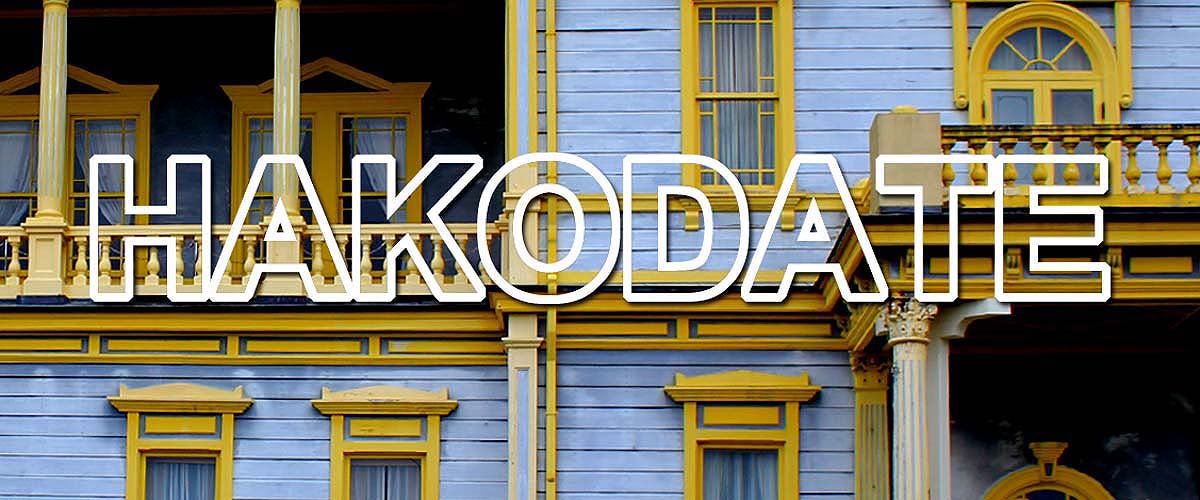
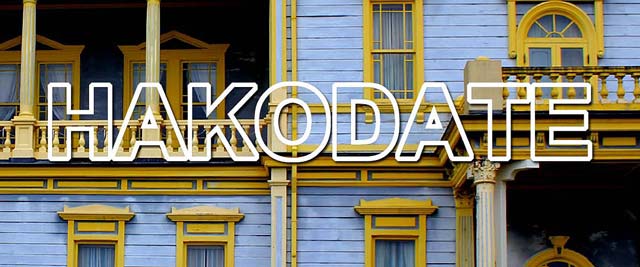
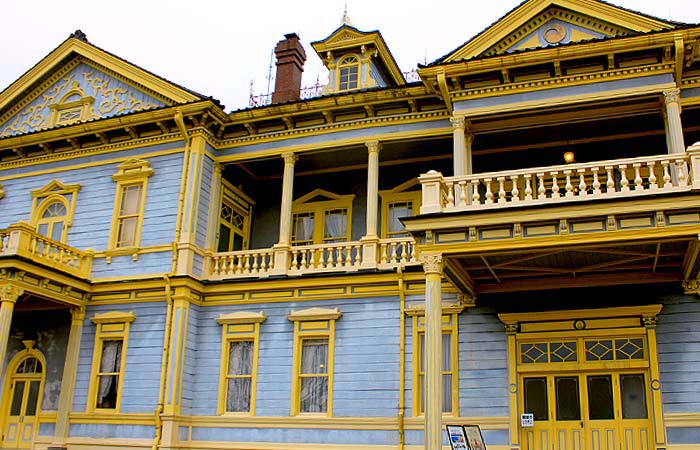
The grand yellow and pale blue colonial style building stands at the top of a hill overlooking Hakodate. Inside are formal rooms and a concert hall used by local residents. Originally, the Old Public Hall was utilised by the town assembly and by Prince Yoshihito and Prince Hirohito during their visit to Hokkaido. Visitors can dress up in classical Meiji period costumes which resemble Victorian attire.
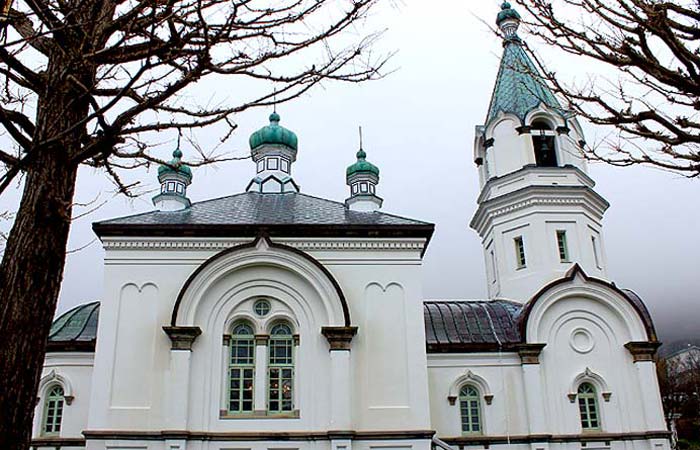
Founded in 1859, the existing Russian Orthodox Church was built in 1916 after a fire destroyed the original building. It is a wonderful example of Russian architecture in Japan. The elegantly shaped domes decorate the rooftops and inside, the walls are ornately embellished.
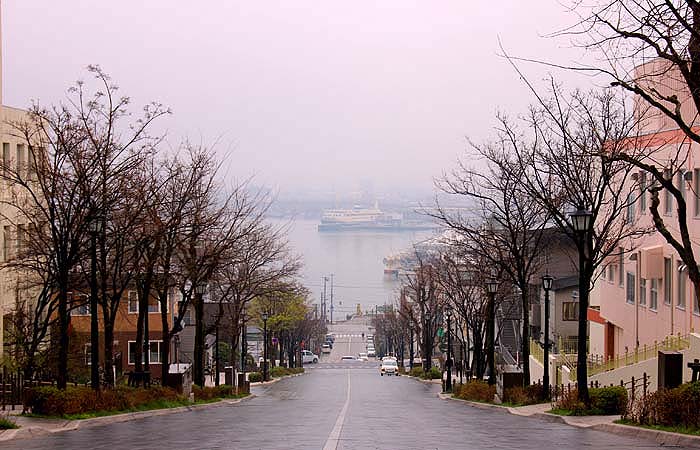
Colourful houses and sycamore trees line the Motoi-zaka Slope. It has great views of the harbour. Further down is the wharf. It is a wonderful spot to eat, socialise, relax and watch the ships sail past on their adventure to distant lands. The waterfront warehouses built in 1909 are spacious with high ceilings supported by huge wooden arched beams. Renovated red brick Kanemori warehouses are transformed into boutiques and restaurants.
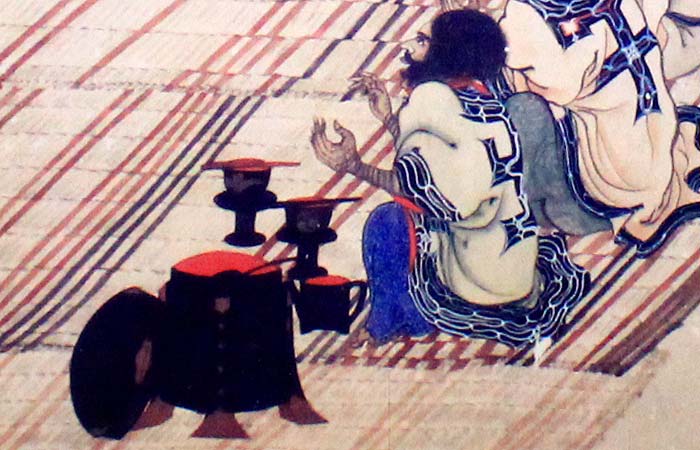
The Ainu are indigenous to Hokkaido. They have their own language and culture. The establishment of the Ainu culture began around the 12th or 13th Century. Gradually their society declined, due to assimilation. Recently, there has been a revival of interest in the Ainu culture and language. This museum is a great introduction to the Ainu story, their lives and struggles. A free informative guide book is given with the entry ticket. The main hall displays a series of illustrated artworks depicting Ainu life. Artefacts including clothes, jewellery, pottery and tools give an insight into their lifestyle. It is a compact and unique collection of great interest.